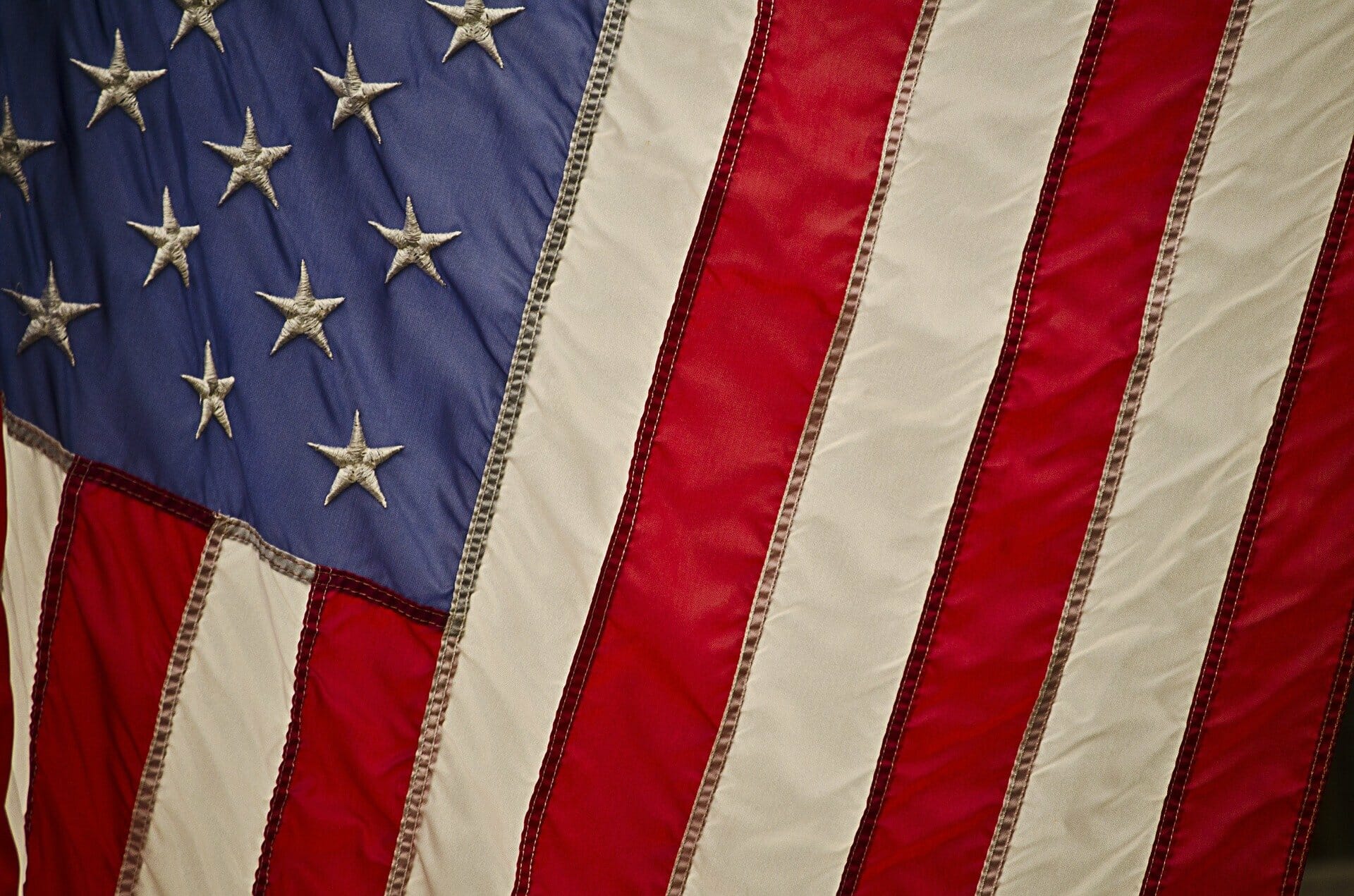
Primary | An intimate portrait of J.F.K.
Year
Runtime
Director
Writer
Country
Format
Genre
By
The birth of the documentary form is often credited to Robert Flaherty’s Nanook of the North (1922). However, the modern documentary we know today – characterized by mobile cameras, fly-on-the-wall observation, and minimal narration – began, in part, in 1960 with an experiment called Primary. It is the first in Robert Drew’s four-film series on John F. Kennedy, followed by Adventures on the New Frontier, Crisis, and the short Faces of November. This hour-long feature centers on the soon-to-be president’s race against the older, established Democrat Hubert Humphrey in the 1960 Wisconsin primary elections.
A close-up view of the candidates
Rather than focus on the ideologies and platforms of the two politicians, Primary is, as Joseph Julian narrates in the opening lines, “… a candidate’s view of the frantic process. And an intimate view of the candidates themselves. In their cars and buses, behind the scenes in TV studios and hotel rooms, excited, exhausted, and tensely awaiting the verdict of the voter.”
Advancements in technology, such as the introduction of sound, for one, or color film stocks, shape much of film history. Primary, though, is an example of the idea coming first, and then technology rising to meet it. Robert Drew began his career at Life Magazine in the 1950s, a period in which Edward R. Murrow’s See It Now – a program Drew described as “lectures with picture illustrations” – was standard in TV reporting.
Groundbreaking equipment
Drew sought to add intimacy, immediacy, and strong characters (qualities he admired in Life’s photo reportages) to the documentary form, building and innovating from the styles of Flaherty and John Grierson. Drawing together an all-star filmmaking team of Richard Leacock, D.A. Pennebaker, Albert Maysles, and Terrence Macartney Filgate, he managed to obtain the funding from Life to invest in the invention of a new suitcase-sized rig that would enable freedom of movement and synchronized sound. Armed with a shoulder-mounted Auricon 16mm camera and a portable Perfectone audio recorder, Drew and his team took to the trail to capture, in grainy black and white, Humphrey’s shoes, Jacqueline Kennedy’s hands fidgeting behind her back, J.F.K.’s shirt cuff as he poses awkwardly for a photo: the details that aren’t found in history books.
Creating Direct Cinema
While other movements were adopting handheld styles – among them, England’s Free Cinema movement, and the National Film Board of Canada – Drew and his team were the first examples of Direct Cinema in the United States, akin to cinema verité in its pursuit of reality over cinematic convention.
The objectivity of Direct Cinema in Primary, however, comes with a certain ambiguity. Robert Drew touches upon themes: political divisions along religious lines, the person vs. the persona, the marketing tactics of election songs (later satirized in Wag the Dog), but he doesn’t come up with any conclusion. What is undeniable, however, is John F. Kennedy’s magnetism through the screen, a quality that would prove vital to winning him the vote. And Drew’s camera, showing him sometimes unsure, sometimes anxious, sometimes laughing, immortalizes him, not as a public figure, but as a man.
Tag
Buy a ☕ for Hypercritic









